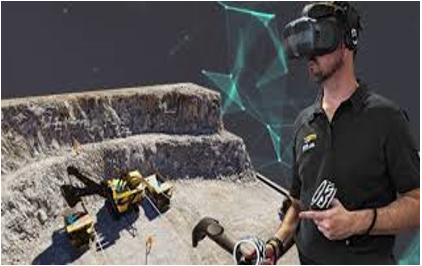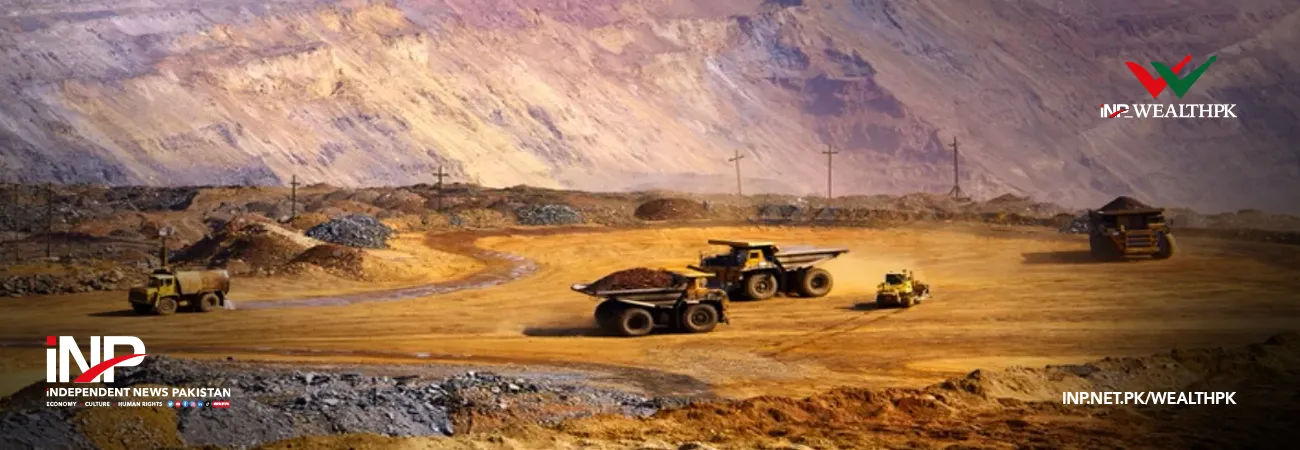آئی این پی ویلتھ پی کے
Faiza Tehseen
Integration of AI-driven platforms and simulation technologies with training programs can transform Pakistan’s mining sector into a highly profitable entity, mining engineer Muhammad Yousaf told WealthPK.

He said, “The mining workforce can be made more skilled through training on modern lines. It will not only enhance the safety levels but also drive the overall sustainable growth of this sector. Modern training in geological surveying, relevant environmental management of pre- and post-mining operations, technical drills and protection of mining crew are important to address both increased mining outcrop and latest international mining protocols.”
He said coordination between local mineral processing units and a responsible body to manage and regulate skills training is necessary. It will help improve and monitor labour skills. The National Vocational and Technical Training Commission (NAVTTC) can play a vital role for this purpose.
The YSF Enterprises CEO said, “Integration of simulation technologies can exponentially enhance readiness and can be of great help in reducing the untrained workers’ direct mining exposure to risks. Equipped with 3D virtual environments, motion feedback systems, and real time performance monitoring, the modern simulation machines are improving efficiency, operation, and safety measures. They are extensively used across the globe and must be introduced in the country.”
The government can train the local mining workforce, including mining technicians and engineers, in coordination with friendly countries. Collaboration of local training institutes with quality foreign institutes is also crucial for continuing the simulation training. Simulation labs should also be established in universities and other training institutes to provide more training opportunities.
He said, “To promote the use of simulators in the mining sector for different aspects including mining, processing, and value addition, the government should offer tax breaks, grants, and ensure sector-wide adoption. For sustained momentum of mining simulation technology, the government should ensure that the required equipment is designed according to the country’s geography and mineral profile.”
Yousaf further told WealthPK that usually gas leaks or landslides are the common risks during the mining operations. Simulators allow the trainees to experience in-kind hazards. Now, it is becoming a regular practice worldwide that the investors are considering automation and simulation as an unavoidable part of future-ready mining industry. He said, “Effective training through simulation is necessary to increase productivity and manage the mining waste.
To scale up the said technology in Pakistan, concerted policy weaving, international collaboration, and institutional buy-ins are the key to success.” Regulatory reforms and capacity upgrades are direly needed to ensure that the digital simulation training tools are not an experimental add-on but a practical element to improve the country’s mining sector, added Yousaf.
Talking about the importance of training simulators for smart mining practices, miner and geologist Imran Babar said, “Both skilled and unskilled workforce in Pakistan join this sector but unfortunately absence of proper training causes great loss of lives and finances.” He said mining was totally different from bookish knowledge or oral guidance. During the mining operation, particularly in tunnels, untrained workers usually cause self-injuries or other severe damages.
If they experienced it in a simulated environment, at least they would be in a better position to understand. To avoid these losses, he said provision of simulators is crucial and it must be made mandatory for the mine owners and other stakeholders, including the training institutes. It seems expensive but government support can solve this issue, he added.
Credit: INP-WealthPk












